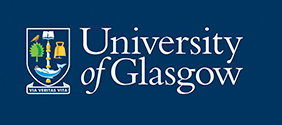The upcoming edition of the meeting is expected to host a stimulating multidisciplinary environment, with researchers belonging to different areas, from physics and engineering to biology and medicine, but sharing a common scientific interest. The main methodological focus will be posed on the application of advanced microscopy and spectroscopy approaches to follow the dynamics and measure the mechanical properties of single molecules and cells. Moreover, the scientific sessions will be flanked by a technological exhibit involving world-leading companies and high tech startups interested in presenting their solutions and services for the growing community of mechanobiology.
If you are curious about the history and spirit of N4M, have a look at the editorial of the special issue of Biophysical Reviews dedicated to the symposium: Science by the sea: how nanoengineering met mechanobiology in Camogli
N4M2020 at a glanceThe conference is organized digitally over four days. The talks will be delivered in a mixed format, either pre-recorded and available on-line or offered in live streaming. The streaming sessions will accommodate live Q&A sessions from the speakers. For the pre-recorded talks, a dedicated Q&A Zoom session will be organized, were the attendees will have the possibility to digitally meet the speaker and make questions related to the talk. Video-posters will be uploaded on-line and provided with an asynchronous chat to interact with the authors and pose quick questions.

Piezo1 force-sensing ion channels in cardiovascular health and disease
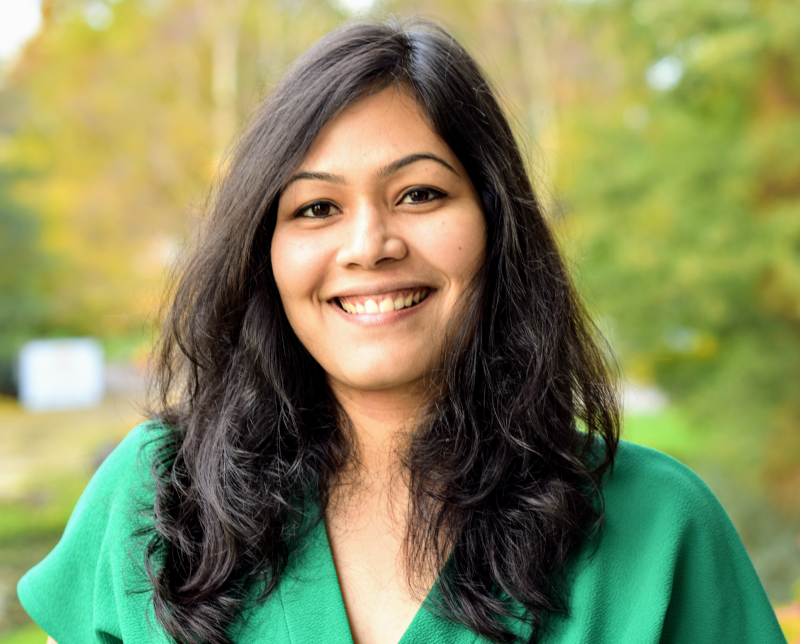
Single-molecule imaging of cytoplasmic dynein in vivo reveals the mechanism of motor activation and cargo capture
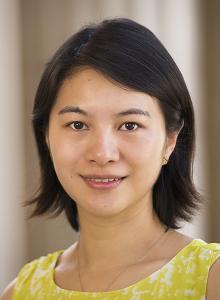
Coping with Stress: Tissue dynamics during growth and repair
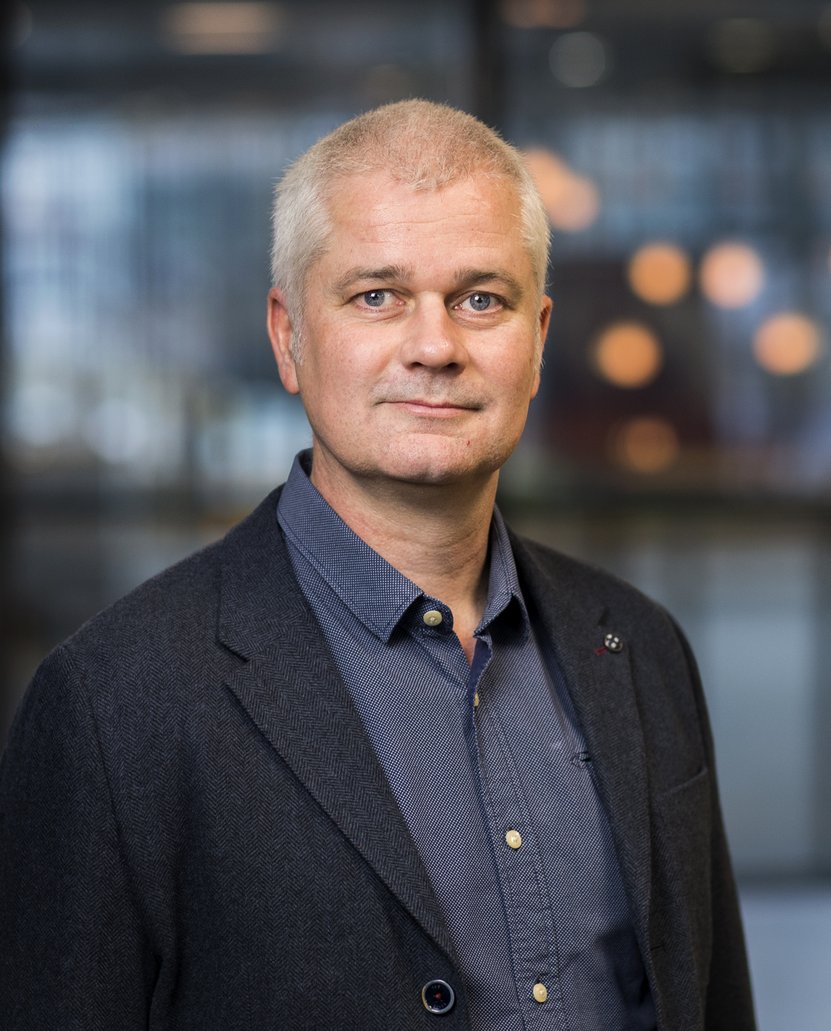
Microfluidic technology as a tool for cell and tissue biomechanics
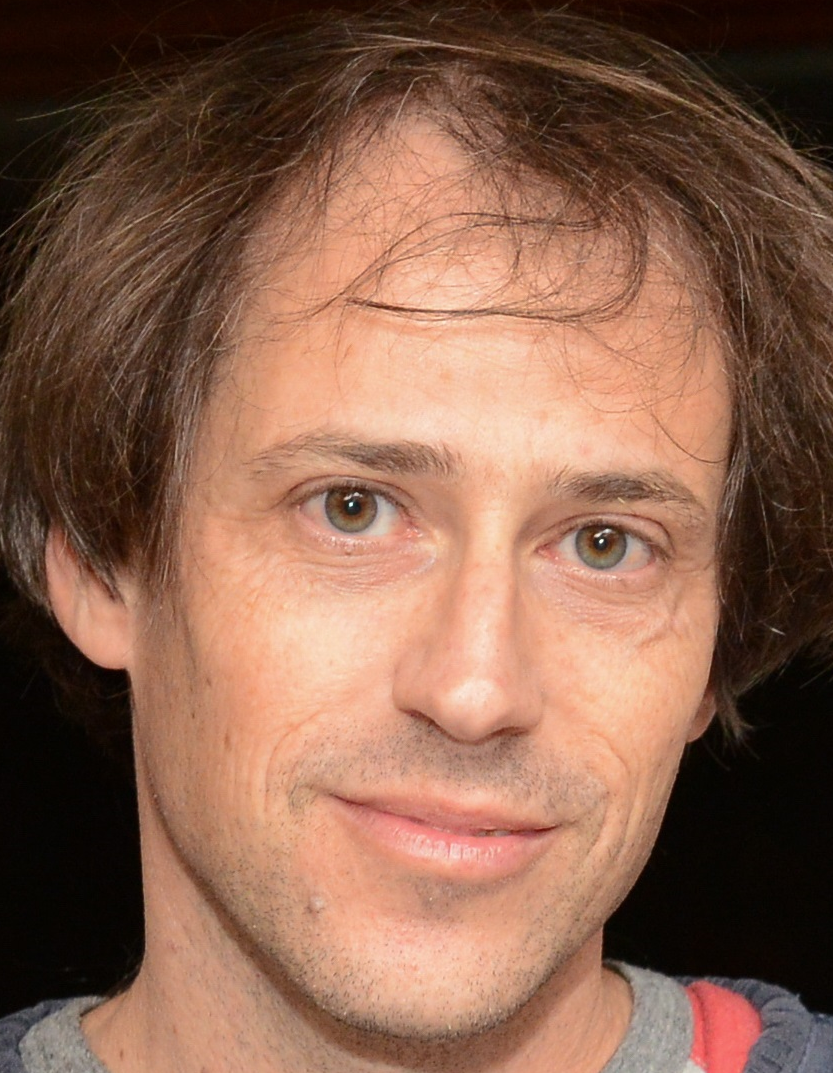
Communication by force in ants
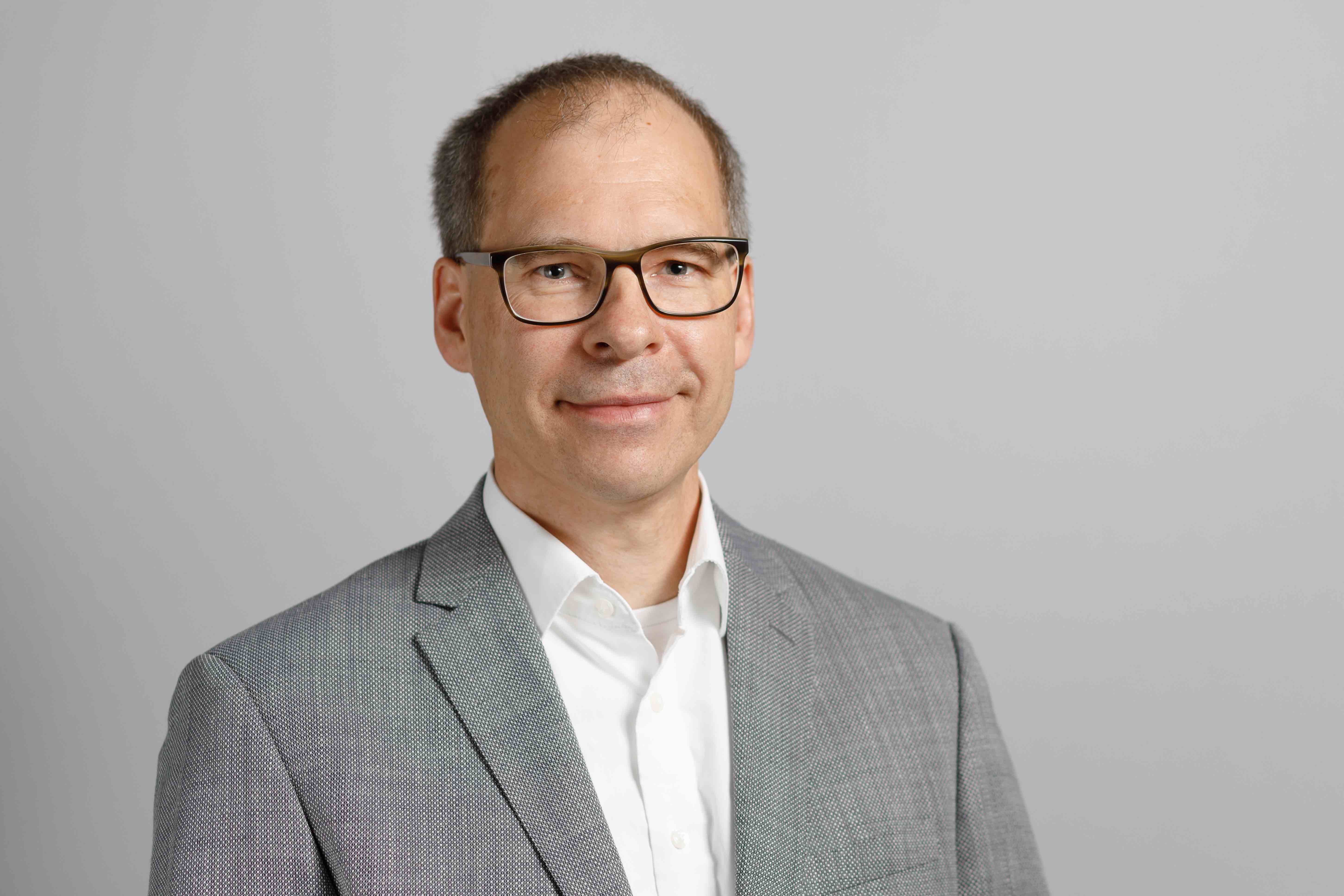
Modelling the dynamics of non-muscle myosin II minifilaments
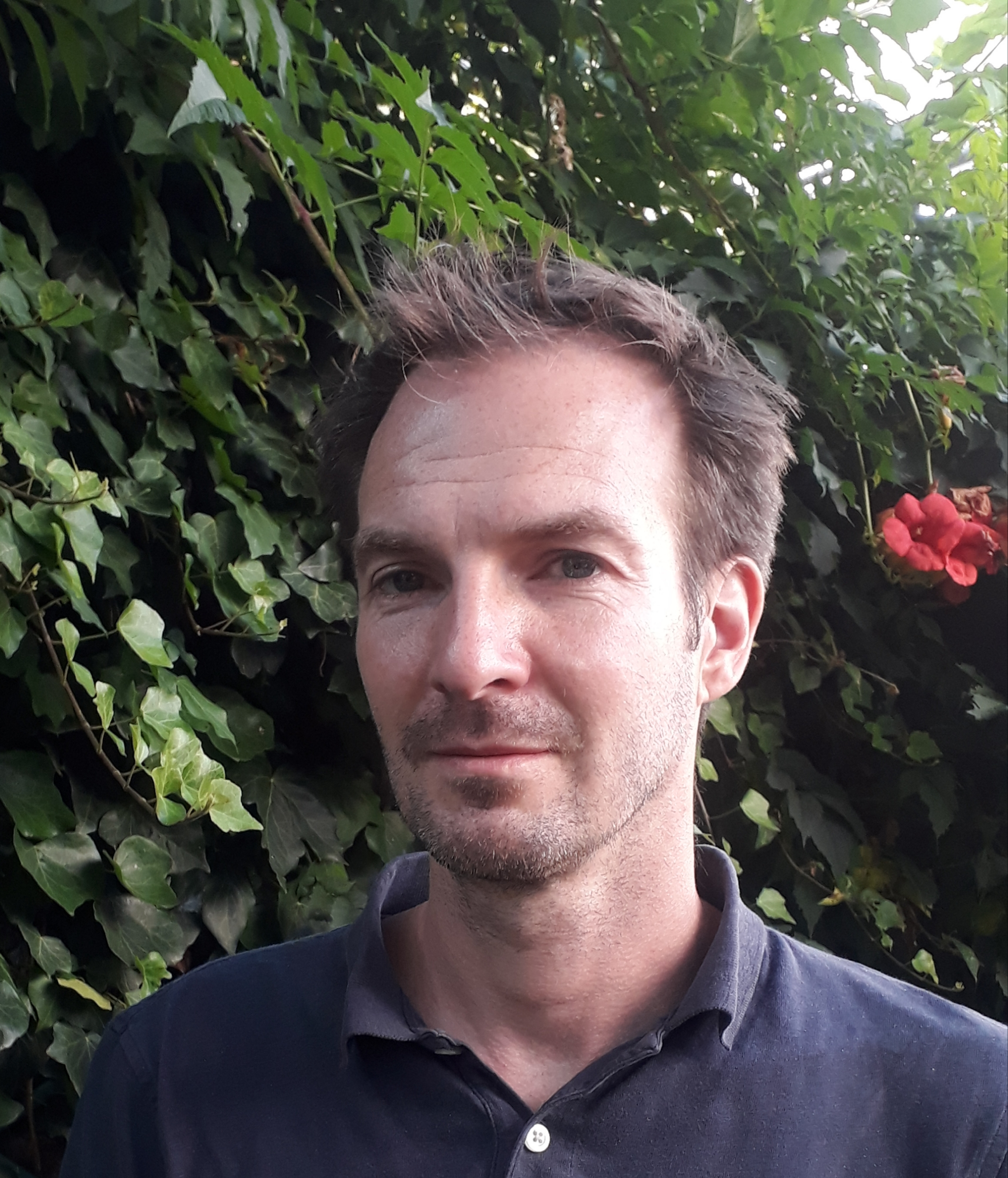
Dissecting the intercellular forces shaping tissues
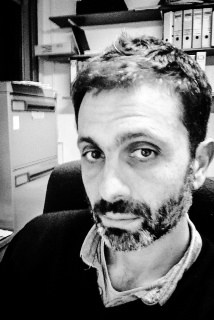
Engineered 3D microenvironments for in vitro tissue models

Optical coherence elastography – optical coherence tomography at work in tissue biomechanics
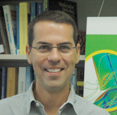
Modeling the mechanics and self-organization of cells and tissues
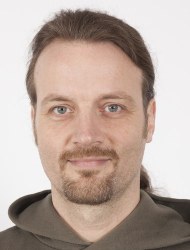
Exploiting cellular mechanotransduction to minimize foreign body reactions to medical implants
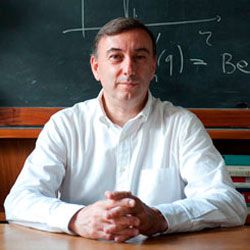
Viscoelastic behaviour of protein aggregation in in neurodegenerative diseases
Novel single cell mechanobiology approach reveals an intermediate state of integrin αIIbβ3 that mediates platelet aggregation under disturbed flow
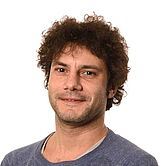
Variations on Spontaneous Brillouin Light Scattering Microscopy
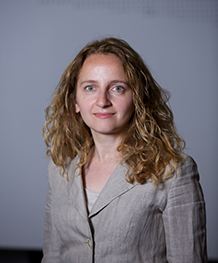
Evaluating the micromechanics of tissue phantoms with Brillouin spectroscopy
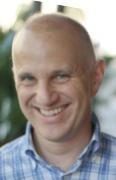
Cardiomyocyte nanomechanics
For the 2020 edition of the symposium, we are partnering with Springer and with the European Biophysical Societies Association to provide access to a Special Issue of European Biophysics Journal (see below). The special issue will be edited by Silvia Caponi (lead editor), Aldo Ferrari and Massimo Vassalli.
The European Biophysics Journal publishes papers in the field of biophysics, defining biophysics as the study of biological phenomena using physical methods and concepts. The journal presents original papers, reviews and letters. The primary goal of this journal is to advance the understanding of biological structure and function by application of the principles of physical science, and by presenting the work in a biophysical context. Principal areas of interest include: structure and dynamics of biological macromolecules; membrane biophysics and ion channels; cell biophysics and organisation; macromolecular assemblies; biophysical methods and instrumentation; advanced microscopics; and system dynamics. The journal is published on behalf of the European Biophysical Societies' Association.
Participation fees are set to 150€ for individual scientists and 1500€ for Institutional access.
Registration is open till November 27th, 2020 with the possibility to upload a video-poster!
To register, click on the button below. You will be redirected to the registration page, to select the subscription package and provide all the details of your contribution (service provided by DOUBLE EM SRL)
Thanks to the support of external institutional sponsors and partners, we are able to grant a limited number of bursaries to encourage the participation of young students to the meeting. Please find additional details below
The European Biophysical Societies Association is supporting 2 bursaries for the participation of EU PhD students and early career researchers (coming from countries other than Italy). Full details and rules can be found at the corresponding page of the EBSA website. EBSA will support up to 400€; to apply for the bursary, please download the official form, fill it with all the required details, and send it to the organizing committee at the address n4m@mechanobiology.eu.
EBSA bursaries have been assigned by the scientific committee.
The Italian Society of Pure and Applied Biophysics (SIBPA) is supporting the participation of younger members to the N4M meeting. In order to apply, you need to be a qualified member of the society or - if you qualify - apply to become a member before the submission deadline. Please download the call (Italian only) to get all the details and follow the procedure therein to apply.
SIBPA bursaries have been assigned by the scientific committee.
Empa
Dübendorf, Switzerland

IOM-CNR
Perugia, Italy

James Watt School of Engineering
University of Glasgow, UK
